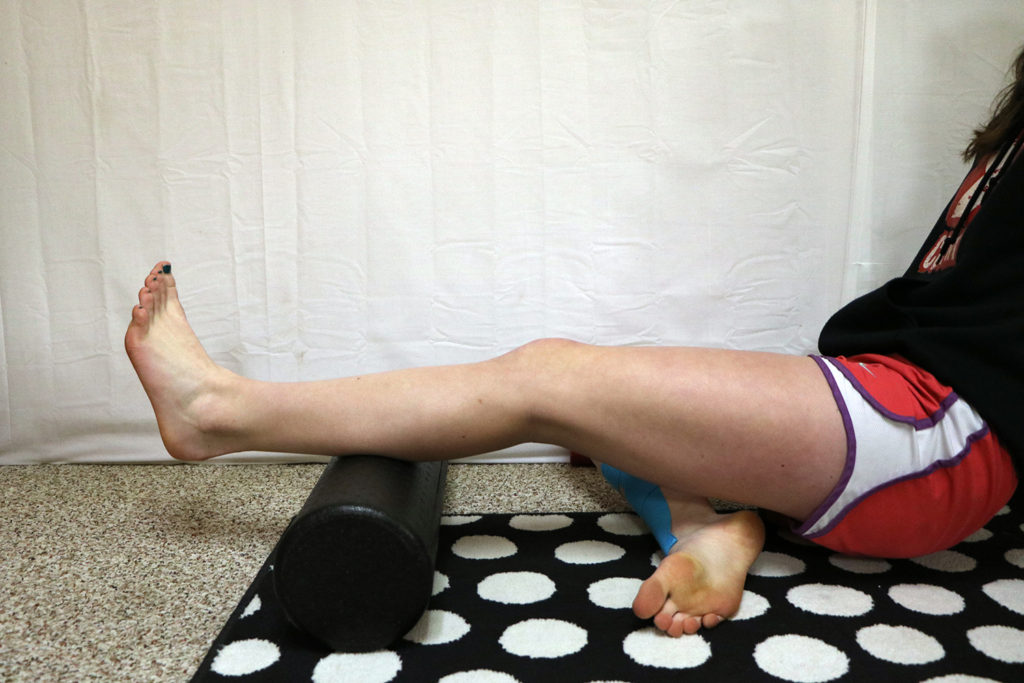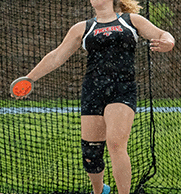Coach explains best methods for rolling out muscle stiffness

Rolling out muscles after a workout is a soothing approach to a quick recovery.
For athletes, one of the most important things is to make sure to stretch out properly.
Rolling and stretching out properly helps to prevent injury and soreness, but there are many athletes out there who, though they know how to stretch properly, do not how to roll out right.
Women’s track team coach Chris Wood said, “Foam rolling is a relatively new phenomenon in the world of health and fitness. While it is a highly debated topic in regards to muscle soreness, I am a firm believer in it’s benefit to myofascial release. This word might sound foreign to some individuals, but essentially it is a form of massage. The idea behind myofascial release is to increase blood flow and allow contracted or sore muscles to relax, helping speed up recovery in certain areas. Massage therapists have been focused on doing this with athletes for a long period of time. Until foam rolling, the idea of ‘self-massage’ for recovery wasn’t that well known.”
Wood said, “Some of the most common areas individuals spend time taking care of are sore hamstrings, glutes, quads and calves. These areas in our legs predominantly take the force of most workouts; therefore, most often feel the result. When focusing on these areas, a few key points that are often neglected can be the speed of rolling out, the location and the posture. A quick Google search with the area of soreness and foam rolling will give you hundreds of articles and videos as resources as to how to utilize foam rollers.
Wood said, “Some of the points that aren’t talked about are when identifying the location, how long and fast should you roll? When addressing athletes sore areas, you must be under control. It may feel great to go back and forth quickly, but you are not actually eliminating any of the adhesion which are causing soreness. Go slower so that the muscle layers can adapt to to foam roller and have time to increase blood flow to improve recovery.”
He also recommended paying attention to different locations. “In addition to that, too many athletes spend too much time in one location, often rolling for five-10 minutes on one area. Spend 20-30 seconds to roll each tender spot and then go on to the next spot. If you’re feeling tough the next day, spend a little more time.”









You must be logged in to post a comment Login